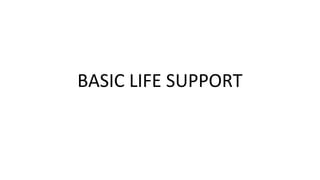- Early initiation of basic life support, including chest compressions and use of an automated external defibrillator, can increase the chances of survival for cardiac arrest victims.
- For adults, the chain of survival involves early CPR, defibrillation with an AED, and advanced life support. For children, preventing respiratory emergencies is the first priority.
- Proper basic life support for adults involves assessing the scene, checking breathing and pulse, calling for help, performing chest compressions and rescue breaths, and using an AED if available. For children and infants, the process is similar but with adjustments to compression depth and rate.
































